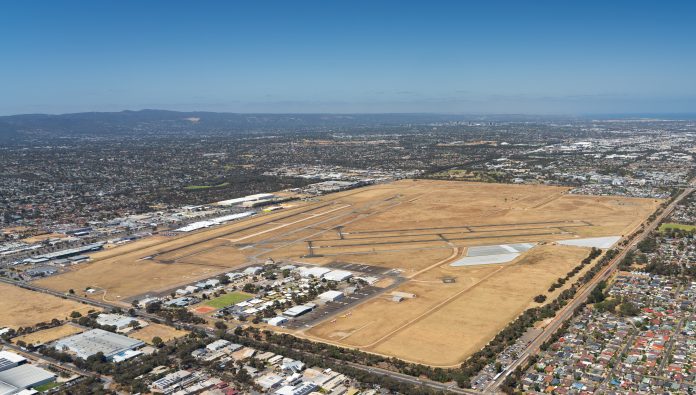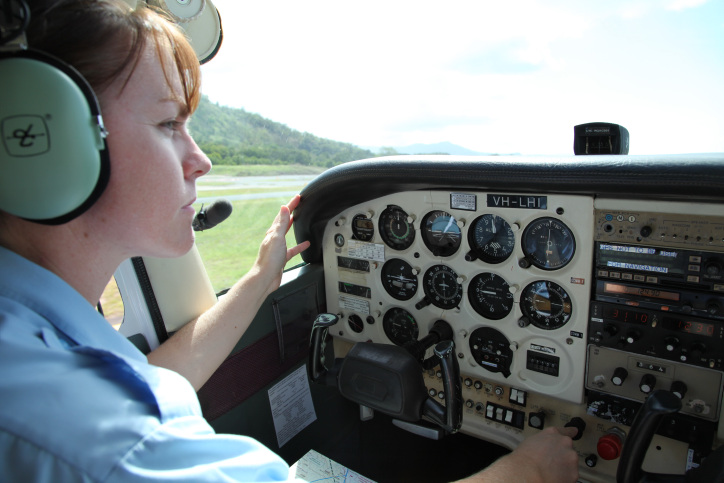To stay safe in Class D, it’s just as important to ‘fly according to the rules’ as it is in Class C at a major airport. The key to staying compliant and safe is being prepared. Understand the regulations for controlled airspace and familiarise yourself with the peculiarities of the Metro or Regional Class D airspace for your flight.
Airports in Class D often have flying schools and a variety of industry organisations. The traffic mix can be anything from light aircraft to corporate jets and airliners. They are also often located close to Class C airspace. Class D can be busy and challenging.
Some common errors in Class D are:
- entering at the wrong altitude
- deviating from the correct altitude
- making lateral and vertical deviations
- infringing neighbouring controlled airspace
- not departing as instructed or by published procedures
- not sighting and following traffic as directed
- calling on the wrong frequency.
The good news is that there are plenty of ways to set yourself up for success and avoid some of these common mistakes when flying in Class D airspace.
Planning
Be properly prepared for your flight before departing – the best place to start is the relevant charts and the ERSA.
Airspace can change, so begin by ensuring you have the up-to-date charts. Study the airspace and the surrounding airspace thoroughly. Where does it intersect, lie under or butt up against other airspace? Where, and at what altitude, are the ‘steps’?
Read the relevant ERSA entry thoroughly. This is where you’ll find local flight procedures, including:
- published approach routes, tracking points and flight altitudes
- noise abatement requirements
- circuit altitudes and directions
- communication failure procedures
- departure procedures and altitudes.
You can also find the correct radio frequencies in the ERSA. Some Class D airports have different frequencies for different runways and circuits. For example, Moorabbin has sets of parallel runways with different frequencies for eastern and western circuits. It pays to have your radio ducks in a row so you can call on the correct frequency confidently.
Approach
Familiarise yourself with the designated approach points or routes published in ERSA and ensure you have the correct ATIS information. Having the right QNH set is critical and means you will enter and operate in the airspace at the correct altitude.
Make sure to set the correct frequency as you approach and ask for clearance well before you enter CTA. Read back instructions using the correct phraseology.
While you need to prepare to fly into an aerodrome you have never been to before, you can still say ‘unfamiliar’ when you first establish contact with the tower. Air traffic controllers are there to help and saying ‘unfamiliar’ will get you that little bit of extra help, making your flight in Class D airspace more enjoyable and safer for everyone.
Lateral and vertical deviations
Enter and fly at the cleared altitude and track via the published tracking points unless directed otherwise. Losing or gaining altitude or not staying on the flight path as published or directed (within 1 nm) are called vertical or lateral deviations and are potentially unsafe.
Descend, climb or track as and when directed by ATC. Sometimes ATC might be directing aircraft with only 500 feet separation – not much margin for error. If you need to climb or descend for operational reasons, ask first (unless for collision avoidance or due to aircraft malfunction or emergency).
Sight and follow
ATC may instruct you to sight and follow aircraft. Don’t say ‘sighted’ if you do not have the traffic sighted and then hope you will eventually see it; if you can’t sight (or lose sight of) the aircraft you are supposed to be following, you must advise ATC.
Circuit departures
If the airport’s ERSA indicates a departure leg, then depart on that leg unless otherwise instructed. Published circuit departure procedures are designed to keep you from infringing surrounding airspace and keep you segregated from arrivals. You may also have to comply with standard departure altitudes at some aerodromes.
In Class D, ATC is there to assist you, but you are still the pilot in command. Therefore, it is your responsibility to know the rules, fly your aircraft safely and sight and avoid other traffic: aviate, navigate, communicate.
To find out more about Class D airspace, visit the Pilot Safety Hub.
Stay OnTrack has fantastic resources about some busy Class D airports. However, your knowledge of Class D airspace does not stop there – to stay compliant and safe, make sure you understand the rules in the AIP.






For those who have flown into a particular Class D airport before, it pays to double check all frequencies. Moorabbin changed its ground frequency. Easy to miss.